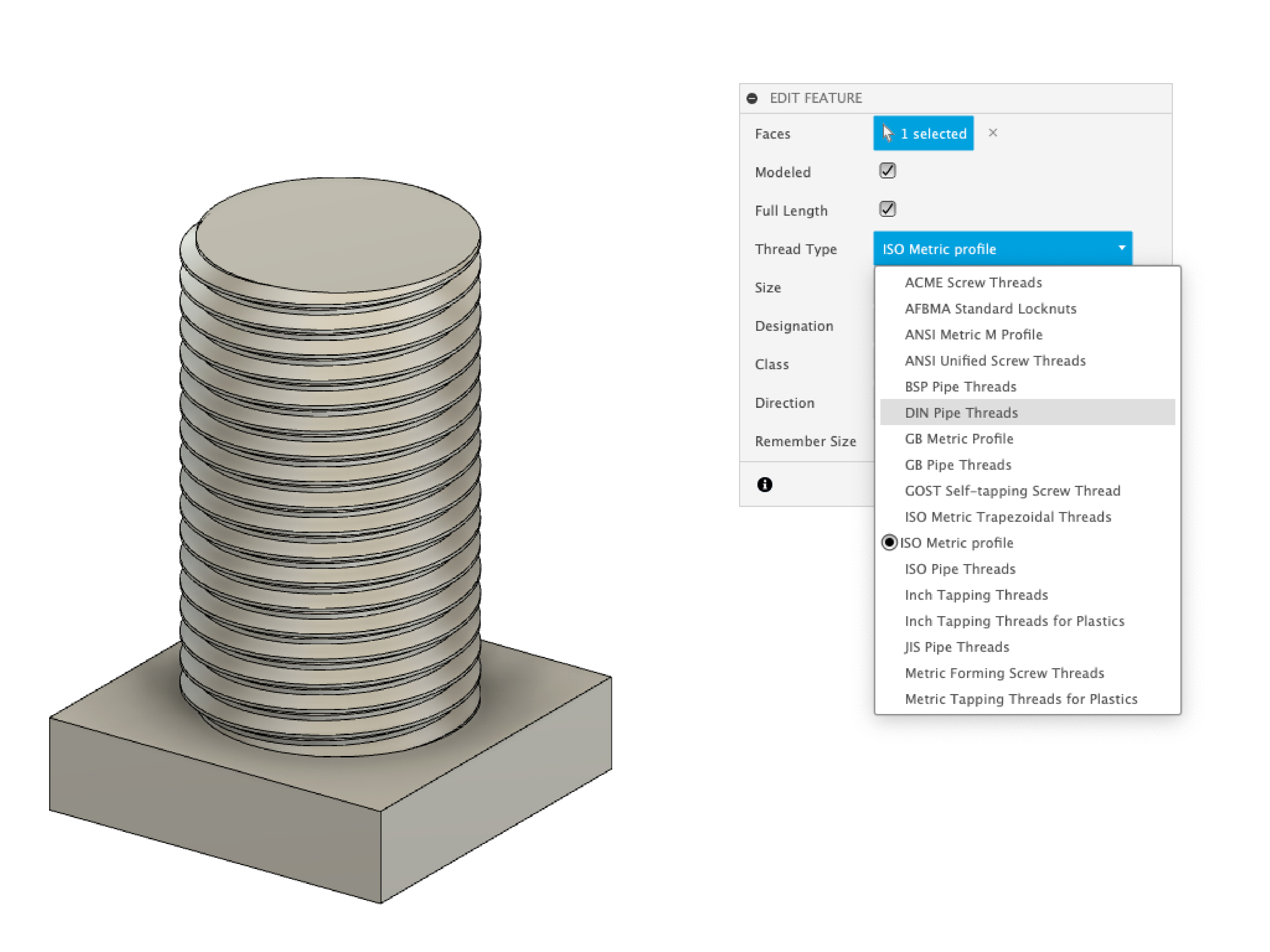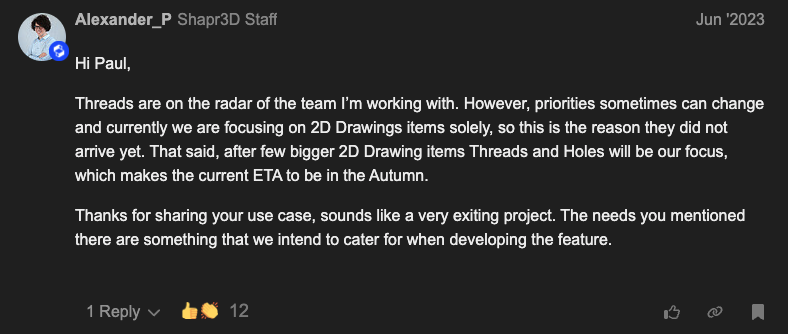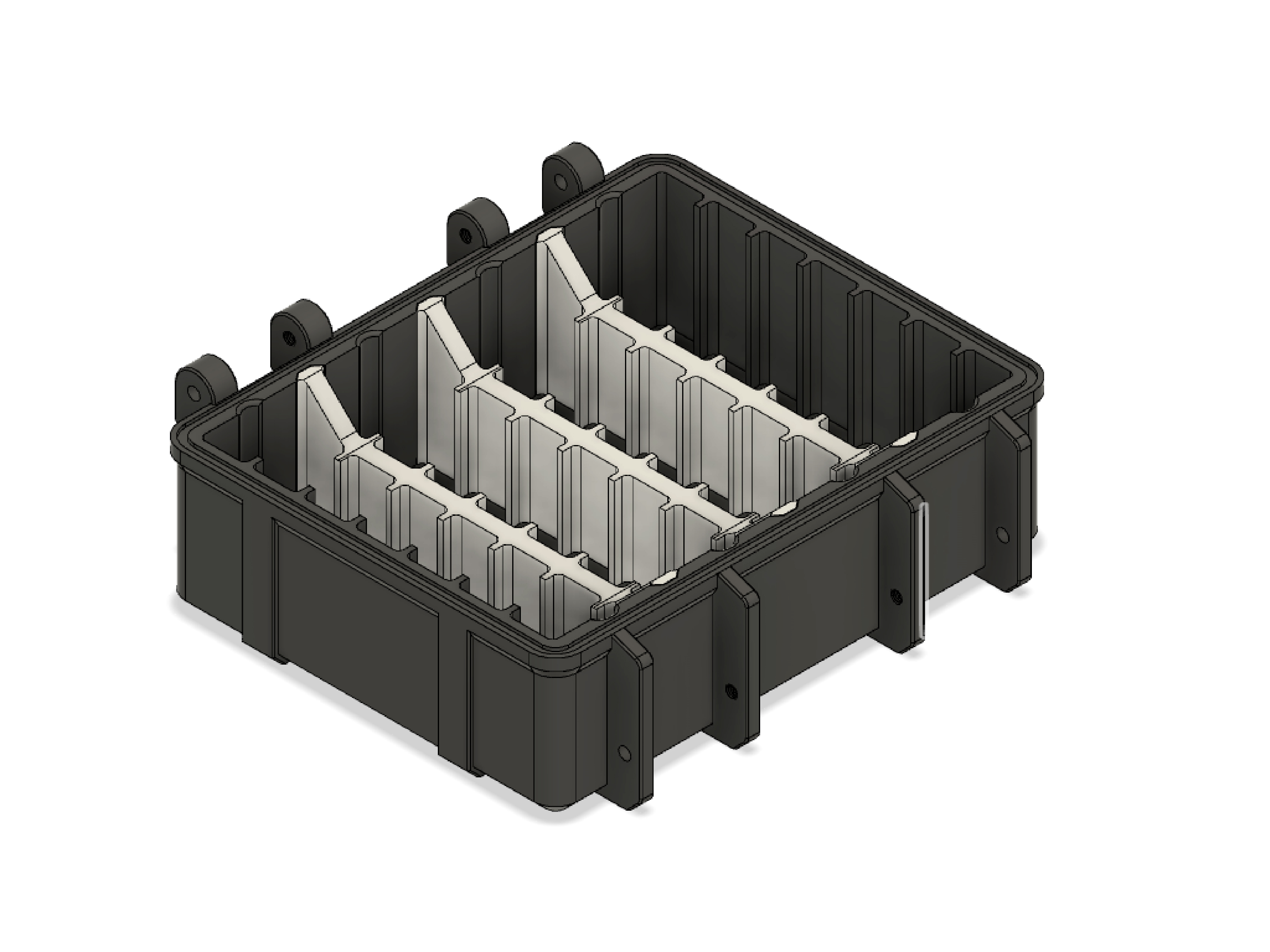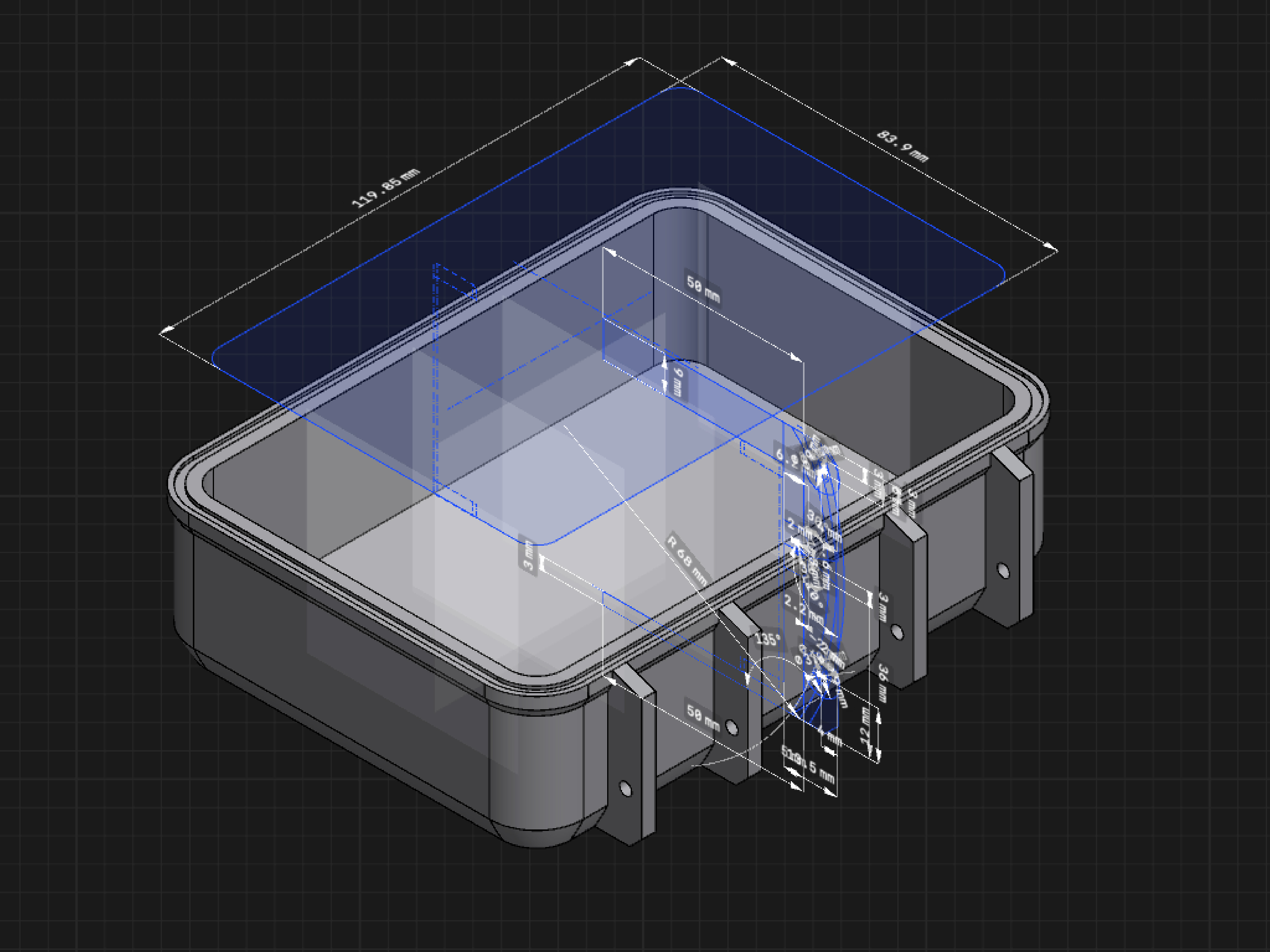Why I’m Giving Up on Shapr3D After a Promising Start
For the past year, I had been seriously contemplating a switch from Fusion 360 to Shapr3D.
I first came across Shapr3D in TikToks and YouTube reviews, all echoing a similar sentiment: “It’s sleek, intuitive, and fast.” That sounded like the refresh I needed, especially considering that Fusion 360 was starting to feel bloated and overpriced.
The Price Factor
Fusion 360’s commercial license costs $545/year, whereas Shapr3D’s Pro plan costs just $299/year. That’s nearly half the price for what many reviewers claimed was a smoother, more user-friendly CAD experience.
That price point alone made me seriously consider the switch.
A Promising Start
Coming from parametric modeling in Fusion 360, Shapr3D took a bit of getting used to. The UI felt fresh but at times unfamiliar. Finding and understanding tools took effort. But after a few days of exploration (and a helpful Reddit thread), I was able to recreate the bottom half of one of my core 3D designs, a domino box.
Things were going well. Until they weren’t.
The Dealbreaker: No Thread Tool
I quickly hit a wall: there’s no way to model threads in Shapr3D.
For those unfamiliar, a thread is the spiral groove you see on screws, bolts, or inside nuts. In CAD modeling, threads allow two parts to screw together, think enclosures, bottle caps, or mounting hardware. They’re a fundamental part of any modern design workflow involving fasteners or mechanical assemblies.

Not having a thread feature isn’t just a minor gap, it’s a critical missing capability. Without it, you can’t create realistic, functional prototypes or design hardware that interfaces with off-the-shelf components.
Some Shapr3D users have even resorted to manually modeling threads using helical sweeps or custom geometry. But that approach is slow, inconsistent, and not repeatable at scale. What should take seconds in Fusion 360 takes hours in Shapr3D, and it still doesn’t yield reliable results.
I searched the official forums and found this post, originally started in January 2023, where users requested a thread tool. A Shapr3D staff member responded in June 2023, saying:

At first, that gave me hope. It sounded like they acknowledged the need and had a plan.
But fast forward to October 2025, two full years later, and the feature still hasn’t arrived. No further updates, no transparency, no interaction from the team. The same thread that once promised progress has since gone quiet.
Community Silence and the Importance of Testing First
That experience taught me a valuable lesson: always test software before committing to it, no matter how promising it looks.
It’s easy to be drawn in by marketing videos, social media buzz, and pricing, especially when it seems like you’re getting a similar product for half the cost. But without firsthand testing, you can miss critical gaps that will grind your workflow to a halt.
Now, I understand why so many companies offer free trials or personal-use licenses, they want you to test the product in your real-world scenarios. If I had spent more time evaluating Shapr3D upfront, I would’ve discovered the missing thread tool before investing serious hours into recreating my designs.
Fusion 360

Shapr3D

Where That Leaves Me
After recreating a significant part of my domino box in Shapr3D and genuinely appreciating parts of its design philosophy, I’ve decided not to make the switch.
For now, I’m sticking with Fusion 360. It may be more expensive, but it’s reliable, mature, and equipped with the essential features that keep my workflow smooth.
Shapr3D still shows tremendous potential. It’s beautifully designed, accessible, and ambitious. But without core functionality and active community engagement, it’s hard to trust that it can keep pace with professionals who depend on these tools daily.
Maybe I’ll revisit it again in the future. But for now, this experiment, much like that missing thread tool, remains unfinished.
Fin.
